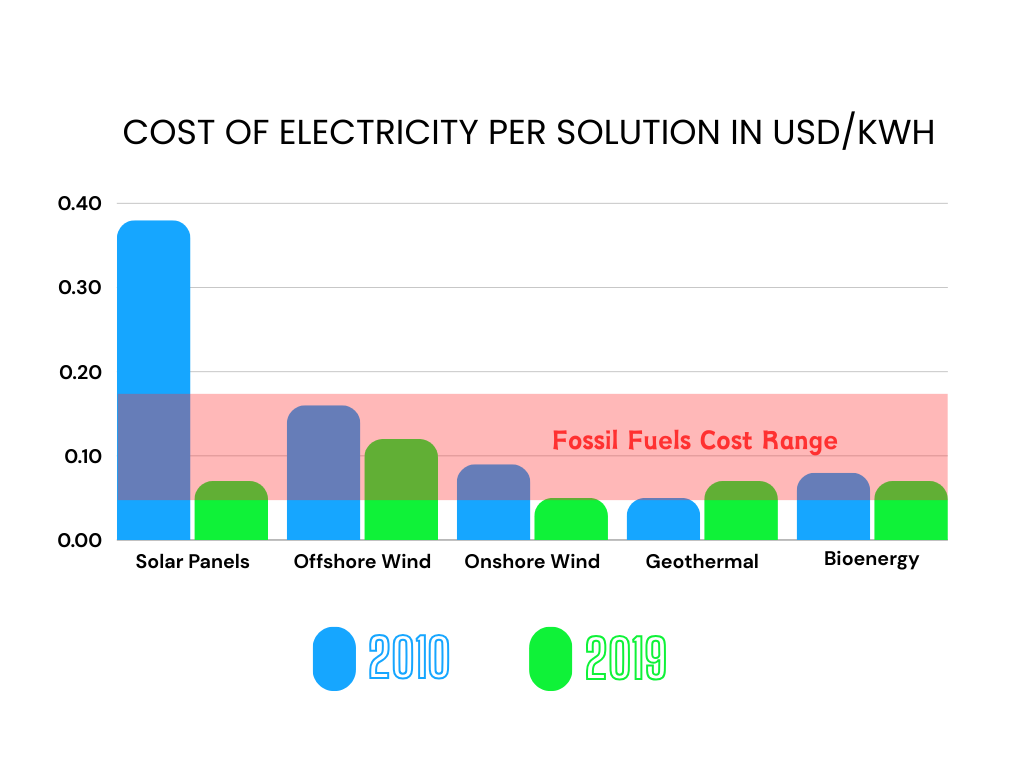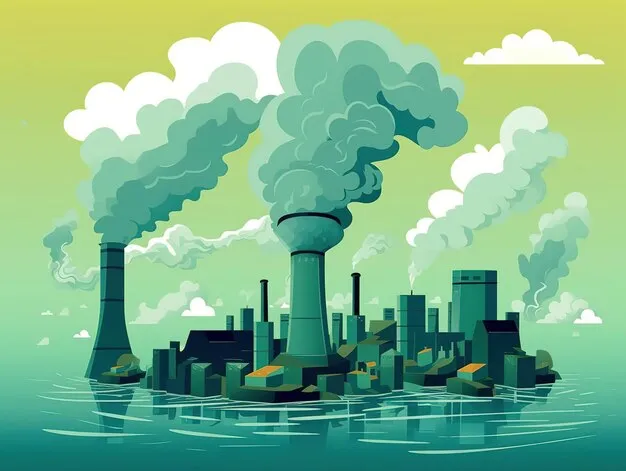Wind turbines, the iconic structures often seen dotting landscapes, are the primary means of capturing wind energy. These turbines consist of large blades mounted on a rotor connected to a generator. As the wind blows, it causes the rotor to spin, generating electricity through the generator.
It involves converting the kinetic energy of wind into mechanical or electrical power, providing a clean and sustainable alternative to fossil fuels.

Based in the Pacific Northwest
What is Earthwise?
Earthwise is an informational website committed to demystifying renewable energy solutions offering detailed insights into their workings, installation processes, and benefits.
Through our platform, users can connect with local businesses specializing in sustainable energy solutions and explore tax incentives to make eco-conscious choices more accessible.

